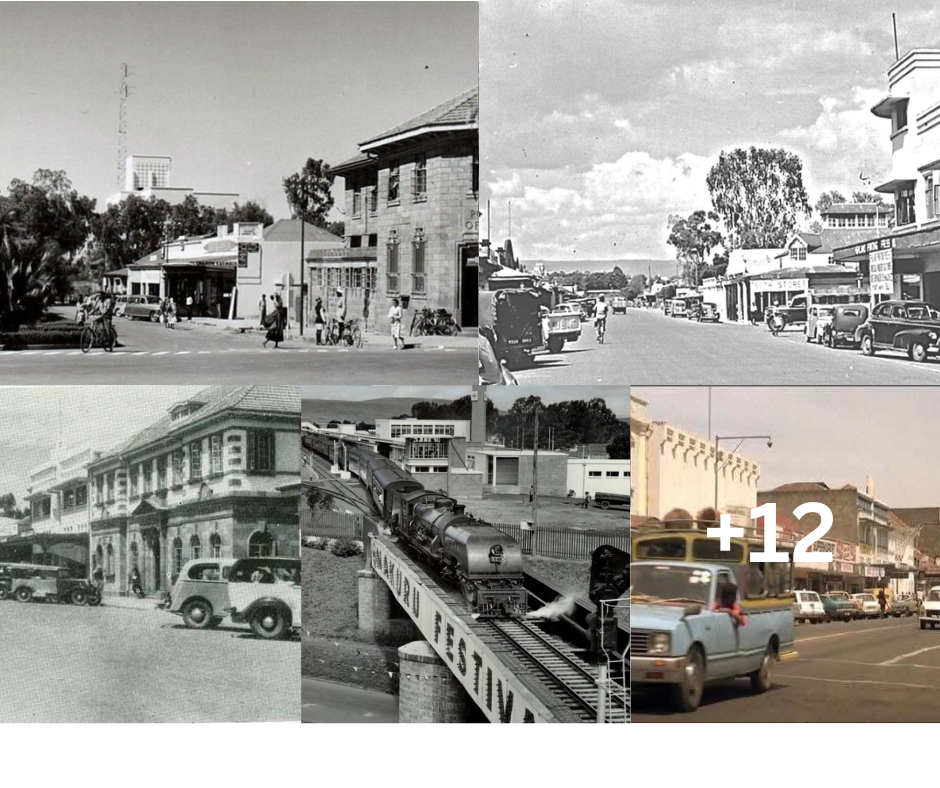At the dawn of the 20th century, Nakuru was little more than a resting point for weary travelers and railway workers navigating the challenging descent into the Rift Valley. But from these humble beginnings, a bustling township began to take shape. By the late 1920s, Nakuru had evolved into a lively settlement, defined by its tree-lined streets, social clubs, and growing commercial enterprises.
Renowned traveler and writer Allister Macmillan visited Nakuru in 1929 and painted a picture of a charming town with one primary thoroughfare, Donald Avenue, and several smaller branching roads. It was a place where community thrived—residents gathered in its cinemas and hotels, sports enthusiasts competed on its golf course and racetrack, and businesses flourished, from bustling garages to a popular bakery that started with a single oven and grew into a town staple.
The town’s population reflected its colonial past, with about 200 Europeans and 600 Asians recorded, while the African population remained unlisted. Agriculture, though initially hampered by a mineral deficiency affecting livestock, eventually became a cornerstone of the local economy. Skilled craftsmen and builders like Albert Speke contributed to Nakuru’s growth, constructing key landmarks, including the Rift Valley Sports Club, and leaving behind architectural curiosities such as tiles embedded with the footprints of both wild animals and newborn infants.
This visual journey through Nakuru’s early decades offers a glimpse into a town on the rise, where history was shaped by the ambitions of settlers, entrepreneurs, and laborers. Through rare photographs, we step back in time to rediscover the Nakuru of a century ago—a town filled with promise, charm, and the first signs of the vibrant city it would one day become.
Nakuru Through the Ages: A Visual Journey Into Its Early Decades








Main street in Nakuru 1950’s
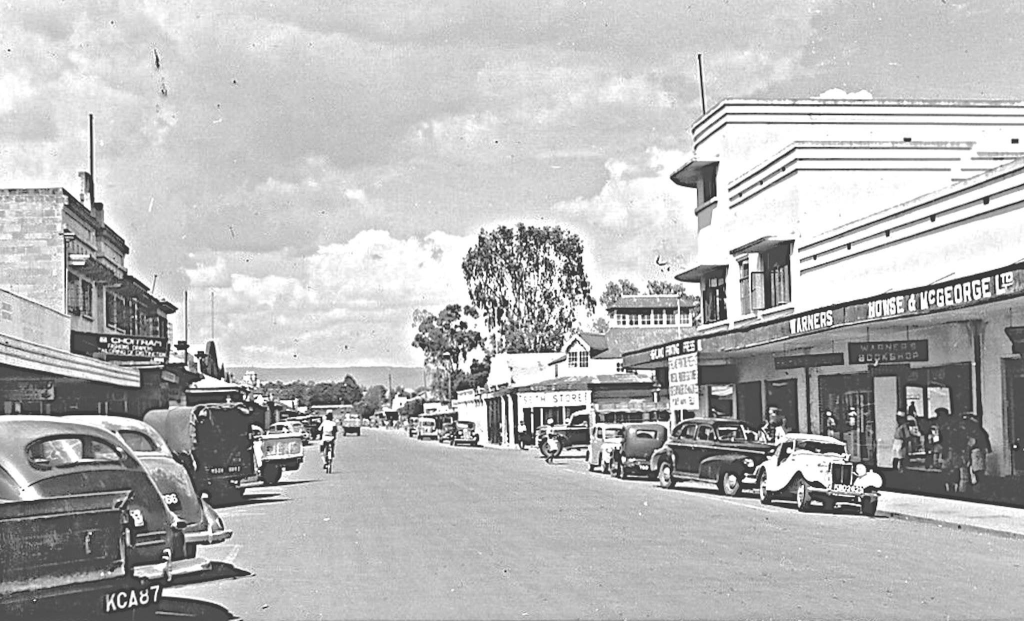

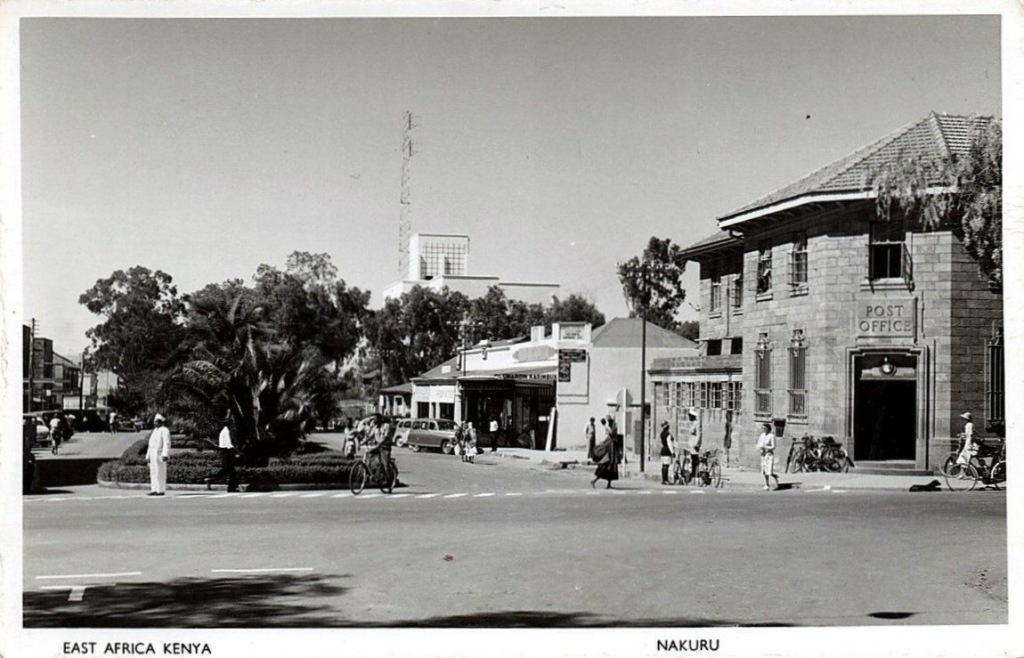
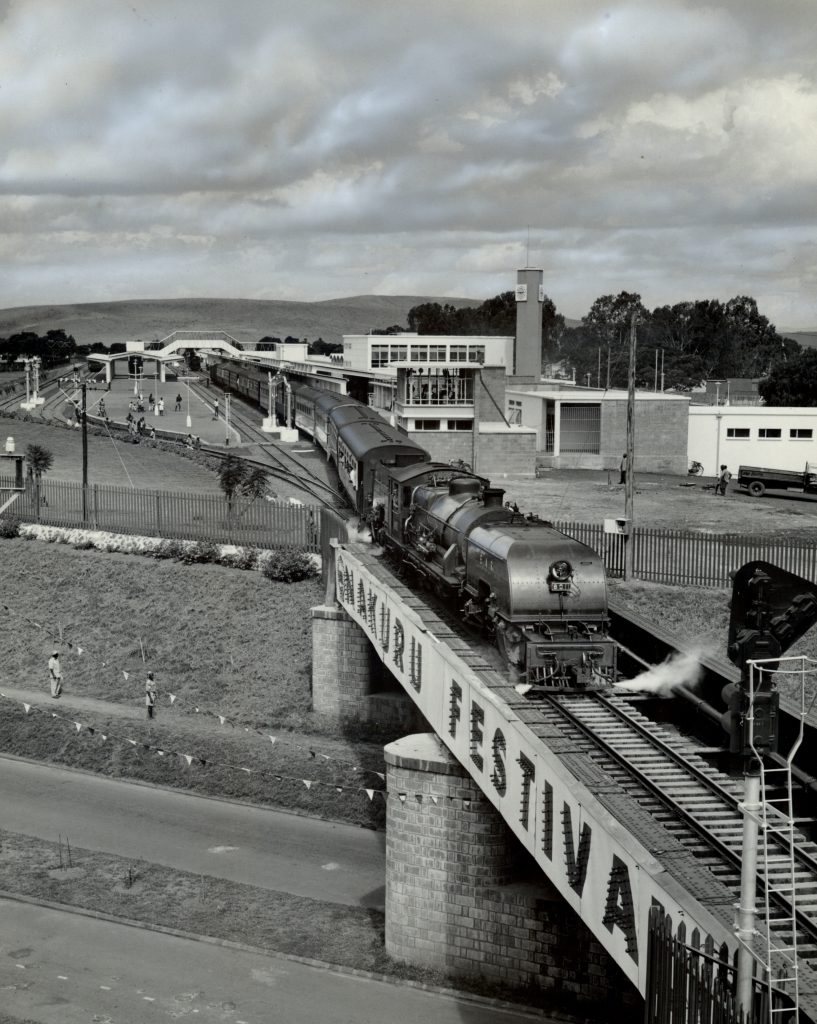


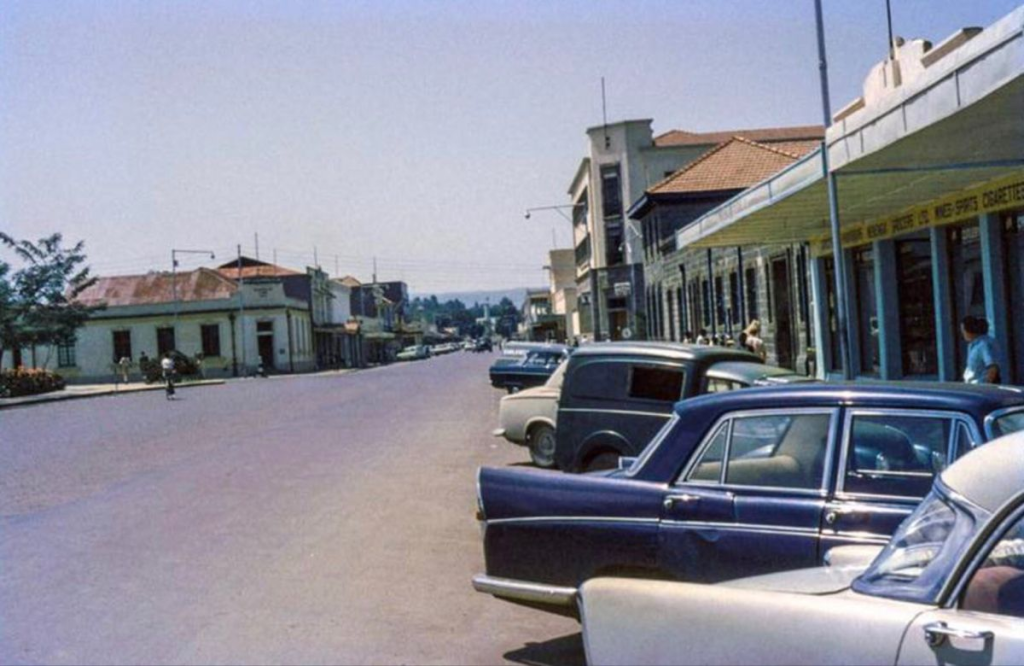
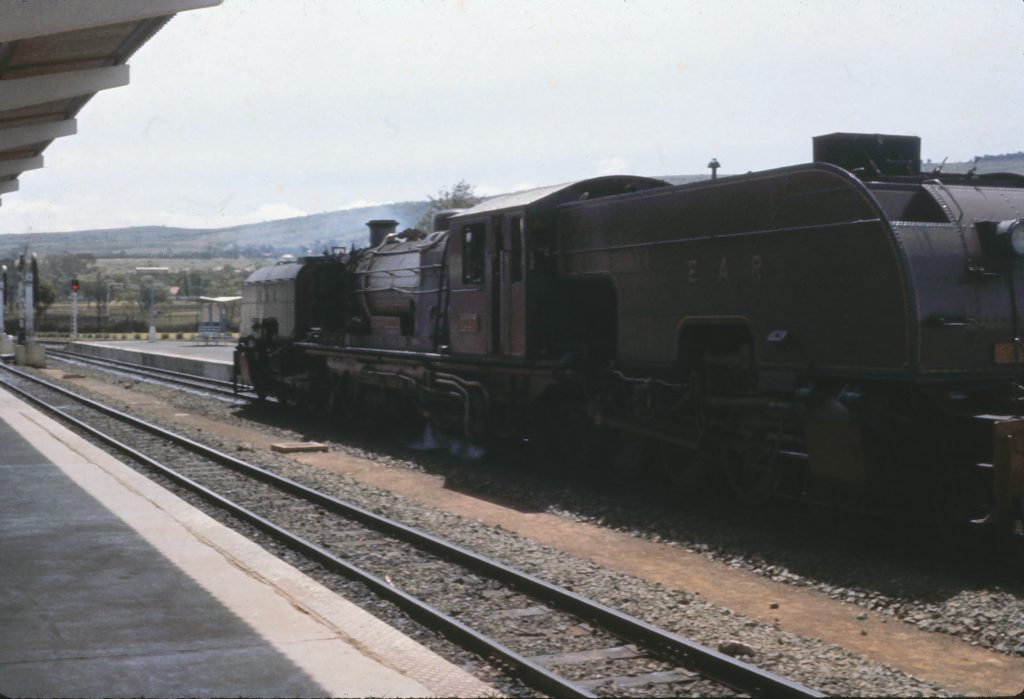
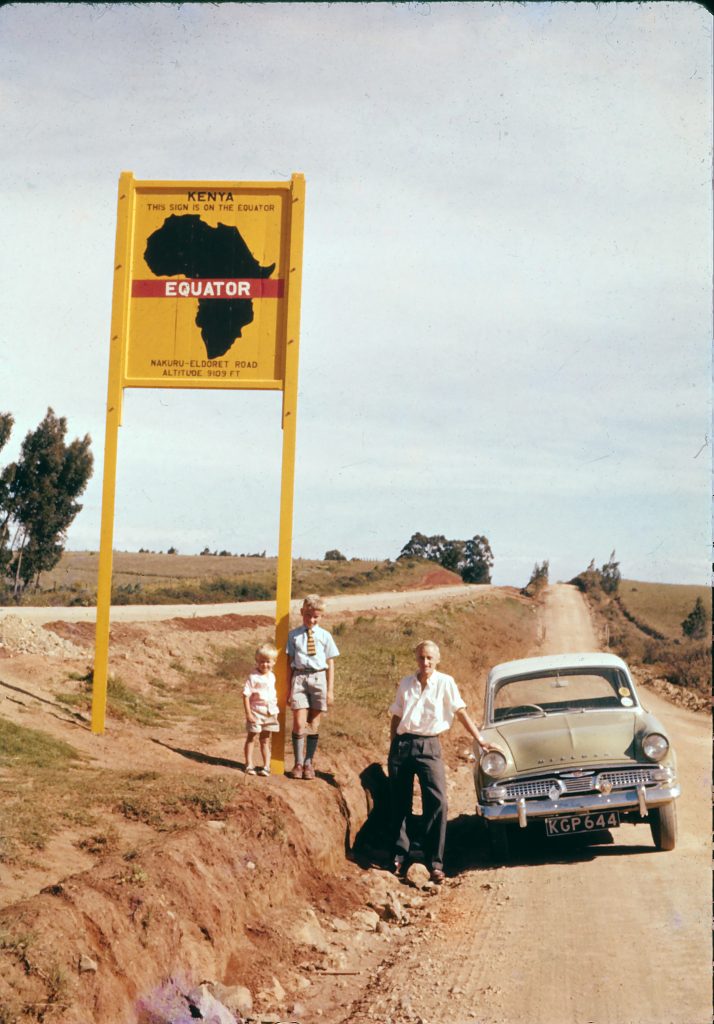

A Township on the Rise
Situated at the heart of Kenya’s settled region, Nakuru became more than just a stopover; it was a hub of agricultural and commercial activity. The Kenya Farmers’ Association, headquartered in the town, served as the farming industry’s backbone, managing thousands of settlers’ produce. The town also hosted periodic meetings of key agricultural bodies like the Co-operative Creameries and the Pyrethrum Board, underscoring its importance in the Colony’s economy.
Beyond business, Nakuru was a vibrant social centre. Every Friday, the streets of Donald Avenue came alive as farmers from nearby settlements—Njoro, Rongai, Molo, and beyond—flocked to the town for their weekly marketing and to reconnect with friends and acquaintances. The town’s modern amenities, including banks, hotels, motor firms, and schools, made it a well-equipped settlement, drawing both settlers and investors to its growing economy.
Overlooking the township stood Menengai Crater, a silent guardian with a rich history of legend and mystery. Known as the “Place of the Spirits” by the Maasai, the crater was rumoured to be an elephant burial ground, though no evidence ever surfaced to support the claim. Nevertheless, its breathtaking views and imposing presence added to the town’s unique character.
At the foot of Nakuru lay Lake Nakuru, an essential landmark for the region. Once a vast body of water, its levels fluctuated over the years due to deforestation and drought. Yet, the sight of flamingos returning to its shores after the rains remained a mesmerizing spectacle, a reminder of the town’s deep connection to nature.
Undated old photos of Nakuru




Conclusion
Nakuru was more than just a railway town; it was a community built on resilience, enterprise, and ambition. It was the first township outside Nairobi to establish local self-governance, and its infrastructure and institutions—such as the War Memorial Hospital and modern schools—demonstrated a forward-thinking spirit.
As sports and recreation flourished in clubs like the Rift Valley Sports Club and Nakuru Athletic Club, and events like horse races and polo tournaments drew large crowds, Nakuru solidified its reputation as a town where industry met leisure.
Though the town has changed drastically over the last century, its spirit of innovation and community remains. From a railway outpost to a thriving municipality, Nakuru’s story is one of transformation—a testament to the people who shaped it and the history that continues to define it today.

